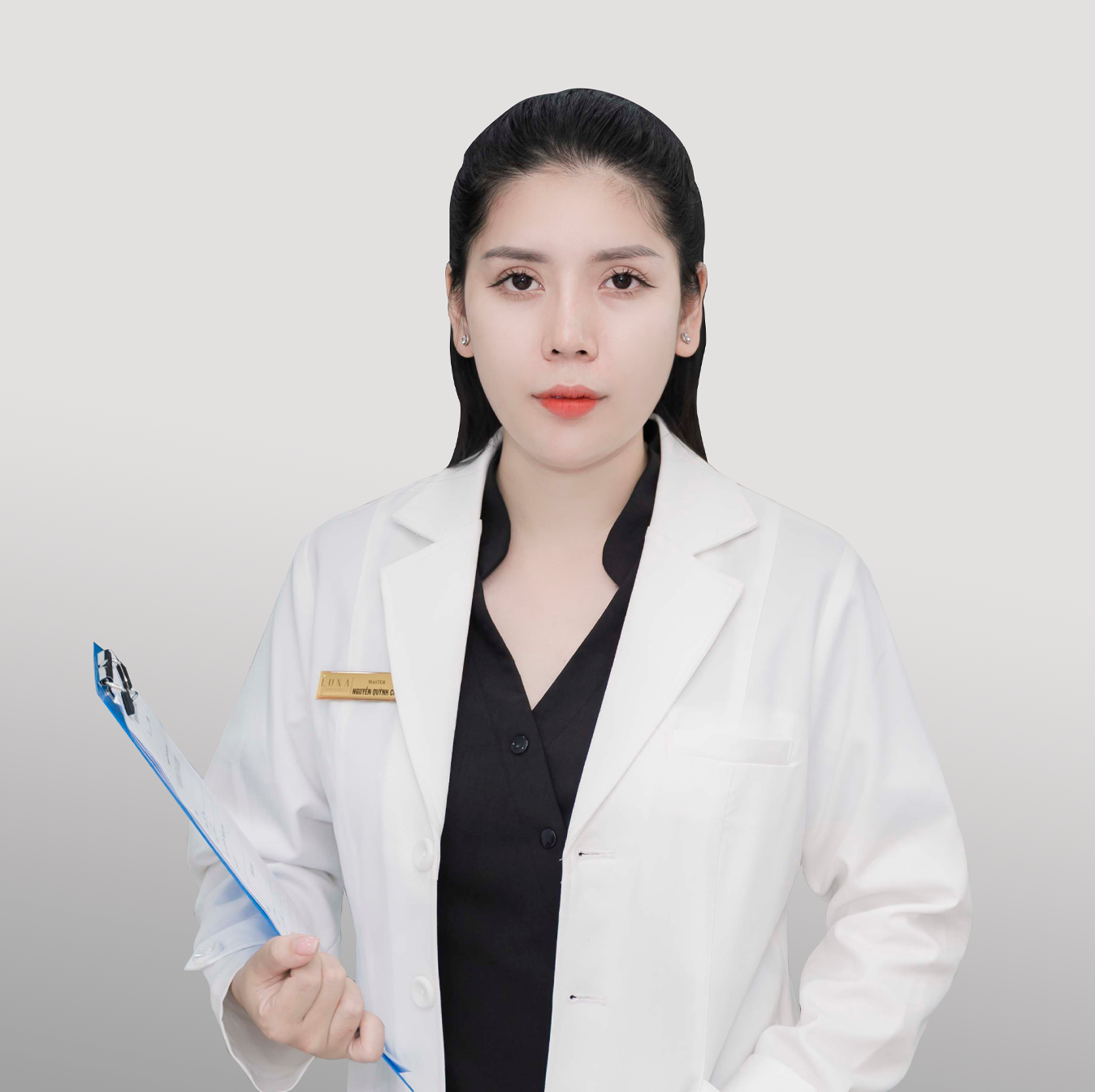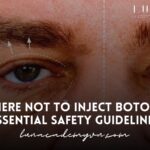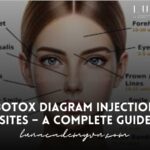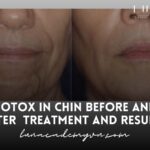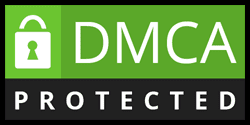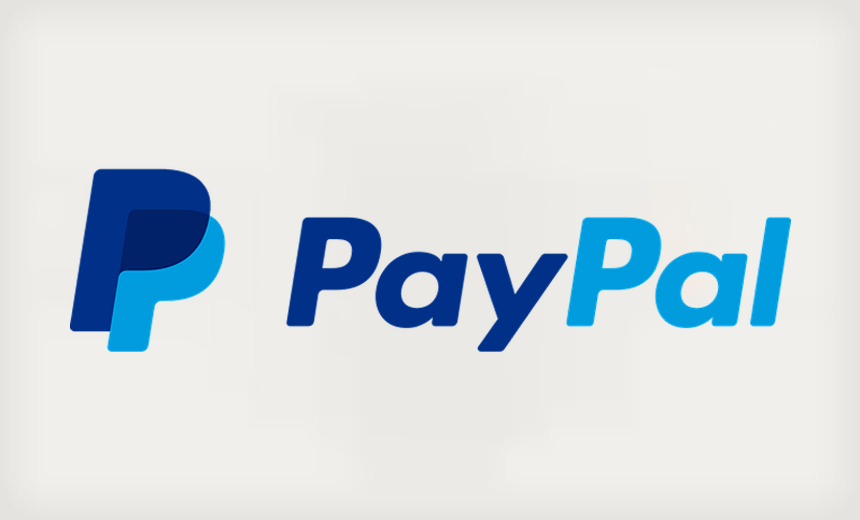Swelling after lip injections can be surprising, but what truly causes it? Is it just the needle, or is there more beneath the surface? Uncover the unexpected factors behind this common post-procedure reaction and learn why understanding them is essential for a smooth recovery. Curious to know more?
Table of Contents
Toggle1 Can antihistamine reduce lip filler swelling
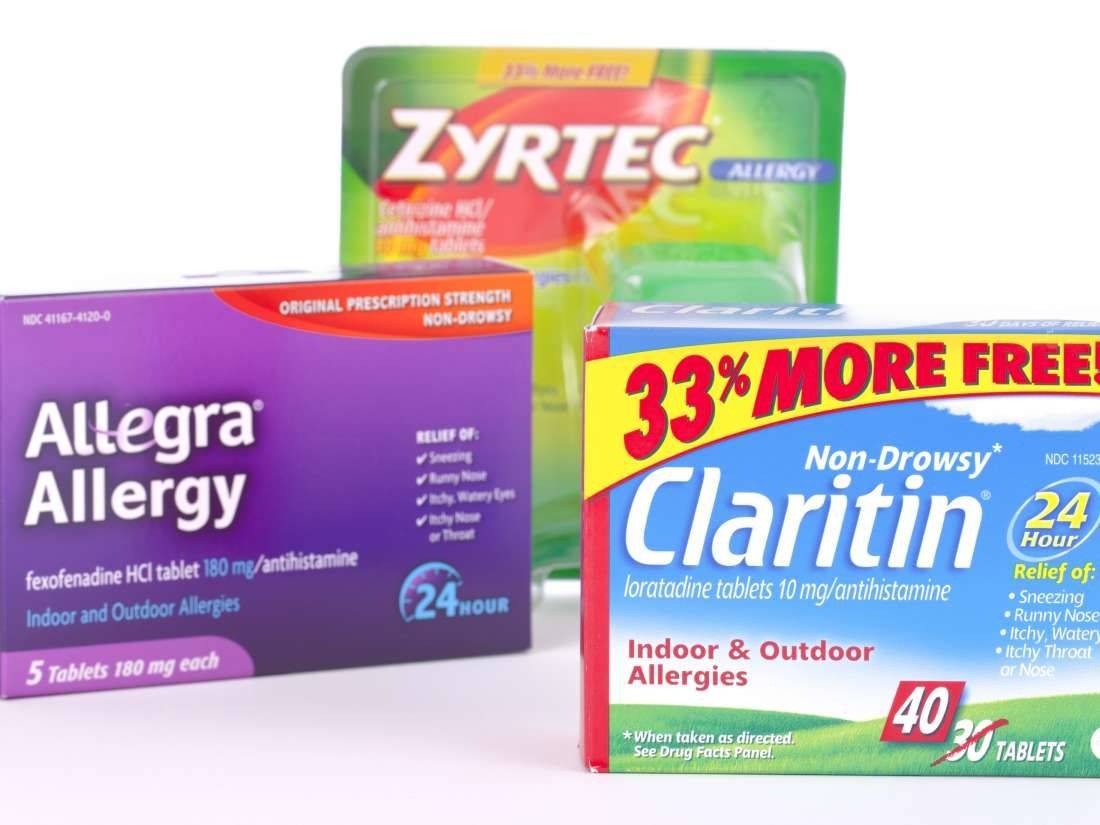
Lip filler treatments have become increasingly popular for achieving fuller, more defined lips. However, one common side effect that patients experience is swelling after lip injections. While this swelling is usually temporary, it can cause discomfort and concern. Many people wonder whether taking an antihistamine can help reduce this swelling and speed up the recovery process.
Understanding Swelling After Lip Injections
Swelling after lip injections is a natural response by the body to the trauma caused by needle injections and the introduction of hyaluronic acid, a substance commonly used in fillers. This swelling typically peaks within the first two days following the procedure and gradually decreases over the next week. While this is a normal part of the healing process, it can sometimes be more pronounced in certain individuals, leading them to seek ways to reduce the swelling more quickly.
The Role of Antihistamines
Antihistamines are medications commonly used to treat allergic reactions by blocking the action of histamine, a compound that the body releases in response to allergens. Histamine is responsible for many symptoms of allergies, such as itching, redness, and swelling. Because of their ability to reduce swelling and inflammation, antihistamines are sometimes considered as a potential remedy for swelling after lip injections.
Can Antihistamines Help?
While antihistamines can effectively reduce swelling caused by allergic reactions, their effectiveness in reducing swelling after lip injections is not as straightforward. The swelling from lip fillers is primarily due to the body’s inflammatory response to the injection process rather than an allergic reaction. However, some patients have reported that taking an antihistamine, such as Benadryl, before or after their lip filler procedure has helped reduce the severity of swelling.
How to Use Antihistamines for Lip Filler Swelling
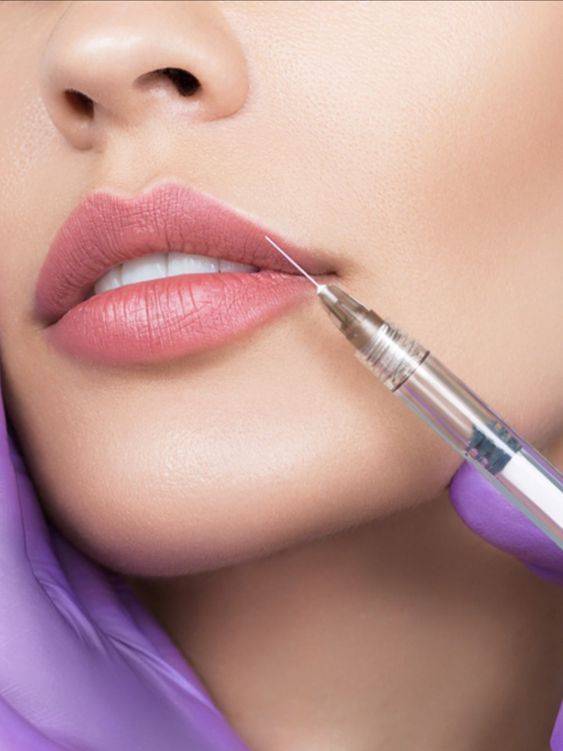
If you’re considering using an antihistamine to reduce swelling after lip injections, it’s essential to consult with your healthcare provider or the practitioner who performed your procedure. They can advise you on the appropriate dosage and timing based on your medical history and specific needs.
Typically, a non-drowsy antihistamine taken before your appointment or immediately after the procedure may help mitigate swelling. However, it’s important to remember that results can vary from person to person, and antihistamines should not be relied upon as the sole method for managing post-injection swelling.
Other Ways to Reduce Swelling After Lip Injections
In addition to antihistamines, there are several other methods you can use to reduce swelling after lip injections:
– Cold Compresses: Applying a cold compress to the treated area can help constrict blood vessels, reducing inflammation and swelling.
– Elevating Your Head: Keeping your head elevated, especially when sleeping, can help reduce the pooling of fluids in the lips, minimizing swelling.
– Staying Hydrated: Drinking plenty of water helps flush out toxins and supports the body’s natural healing process.
– Avoiding Strenuous Activity: Refrain from vigorous exercise or activities that increase blood flow to the face, as this can exacerbate swelling.
Swelling after lip injections is a common and expected side effect that usually resolves on its own within a week. While antihistamines may provide some relief for certain individuals, they are not a guaranteed solution for everyone. The best approach to managing swelling is a combination of preventative measures, proper aftercare, and consulting with your healthcare provider about any concerns you may have.
2 Lip filler swelling stages
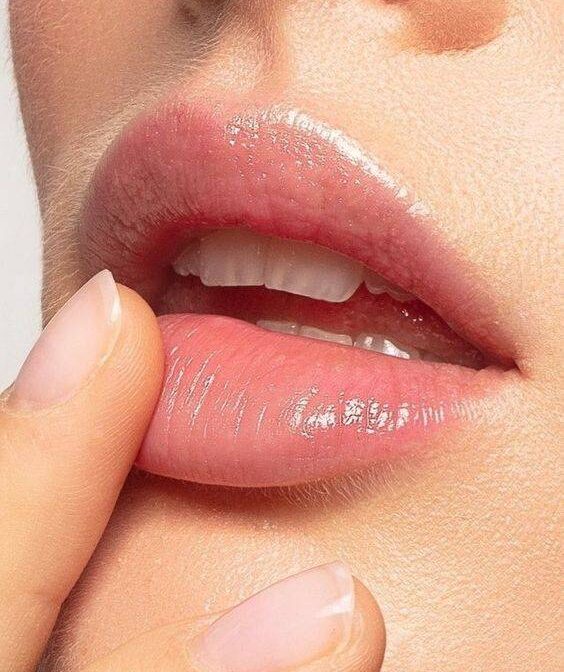
Understanding Swelling After Lip Injections
When you undergo lip filler treatment, it’s crucial to understand the various stages of swelling that occur afterward. Swelling is a natural response to the injection process and the introduction of hyaluronic acid, which marks the beginning of your body’s healing journey. Initially, significant swelling is expected due to the trauma caused by the needle and the presence of the filler material.
The Stages of Swelling After Lip Injections
Day 1: Immediate Swelling
On the first day after your lip injection, you’ll likely notice immediate and prominent swelling. This occurs because the needle injections and the hyaluronic acid provoke an inflammatory response in the lip tissues. This reaction is normal and part of your body’s natural healing process, where fluids accumulate in the affected area as your lips begin to adjust to the newly introduced volume.
Day 2: Peak Swelling
The second day typically sees the swelling reach its peak. Your lips might feel unusually firm, lumpy, or even unnatural during this stage. This intense swelling is due to the body’s response to the filler and the minor injuries caused by the injections. The swelling at this point, though uncomfortable, is temporary and a sign that your body is actively working to heal.
Days 3-4: Swelling Begins to Subside
By days three and four, the swelling should start to diminish noticeably. Your lips will begin to soften, and although some bruising may still be present, the overall discomfort should reduce. This phase indicates that the hyaluronic acid is integrating more effectively with your lip tissues, leading to a more settled and natural appearance.
Days 5-7: Significant Improvement
As you approach the end of the first week, you’ll see more substantial changes in the look and feel of your lips. The swelling continues to subside, and your lips begin to adopt a more natural contour. This stage is crucial as it signals that your body is progressing well through the healing process, and the final shape of your lips is beginning to emerge.
Days 8-14: Final Healing Stage
During the second week post-injection, your lips typically reach their final stage of healing. Swelling should have significantly decreased, revealing the fuller, more natural look intended by the treatment. Any remaining bruising should also fade, and your lips will feel and appear more comfortable and natural. It’s common to have a follow-up appointment during this period to ensure the filler has integrated well and that the healing process is on track.
Understanding the Causes of Swelling After Lip Injections
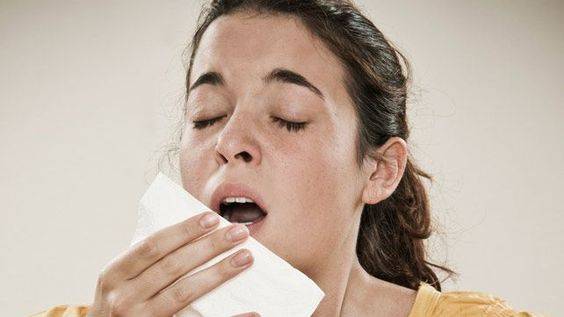
Swelling after lip injections is primarily triggered by the body’s response to the hyaluronic acid in the filler. This substance attracts water, which leads to initial swelling as your lips adjust to the added volume. Additionally, the injection process itself causes minor trauma to the lip tissues, contributing to inflammation and swelling. This response is entirely normal and indicates that your body is working to heal and integrate the filler into your lips.
Managing Expectations During Recovery
Being aware of the stages of swelling after lip injections can help you manage your expectations and ease any concerns you may have during the recovery process. Significant swelling on the first day is normal, and while the peak on day two might feel intense, it’s a temporary part of the healing journey. Following proper aftercare, such as applying cold compresses and avoiding strenuous activities, can help reduce swelling and support a smoother recovery.
3 How to reduce swelling after lip filler
Swelling After Lip Injections: What to Expect
Swelling after lip injections is a common and expected part of the recovery process. When hyaluronic acid-based fillers are injected into the lips, the body’s natural inflammatory response causes swelling. This reaction is your body’s way of starting the healing process, but it can leave your lips looking fuller than anticipated, especially in the first few days.
Understanding how to manage and reduce this swelling is crucial for a smooth and comfortable recovery. Below are some effective strategies to help you minimize swelling after lip injections.
1. Apply Cold Compresses
One of the most effective ways to reduce swelling after lip injections is by applying cold compresses to the treated area. Cold helps constrict blood vessels, reducing blood flow and, consequently, swelling. Wrap ice in a soft cloth and gently press it against your lips for 10-15 minutes at a time. Repeat this several times throughout the day, especially in the first 24-48 hours post-treatment.
2. Keep Your Head Elevated
Keeping your head elevated, especially while sleeping, can significantly reduce swelling after lip injections. When you lie flat, blood flow to the treated area increases, which can exacerbate swelling. By propping your head up with pillows, you help minimize this effect and promote faster healing.
3. Stay Hydrated
Hydration plays a key role in reducing swelling after lip injections. Drinking plenty of water helps flush out excess fluids from your body, which can reduce puffiness and inflammation. Additionally, staying hydrated aids in the overall healing process, ensuring that your body has the resources it needs to recover quickly.
4. Avoid Excessive Salt and Alcohol
Consuming salty foods and alcohol can contribute to fluid retention, which may worsen swelling after lip injections. Try to limit your intake of these substances in the days following your treatment. Opt for a balanced diet rich in fruits, vegetables, and lean proteins to support your body’s healing process.
5. Use Arnica or Bromelain Supplements
Arnica and bromelain are natural supplements known for their anti-inflammatory properties. Arnica is often used to reduce bruising and swelling, while bromelain, an enzyme found in pineapples, can help decrease inflammation. Consult with your provider before taking any supplements to ensure they are safe and appropriate for you.
6. Follow Post-Treatment Instructions
Your healthcare provider will give you specific aftercare instructions following your lip filler treatment. It’s essential to follow these guidelines closely to minimize swelling and avoid complications. This may include avoiding strenuous activities, refraining from touching or massaging your lips, and not exposing your lips to extreme heat.
7. Be Patient
Swelling after lip injections typically peaks within the first 48 hours and gradually subsides over the next few days. While it can be tempting to focus on immediate results, patience is key. Your lips may take up to two weeks to settle into their final shape, and during this time, the swelling will continue to decrease.
Managing swelling after lip injections requires a combination of effective strategies and patience. By applying cold compresses, keeping your head elevated, staying hydrated, and following your provider’s aftercare instructions, you can reduce swelling and ensure a smooth recovery. Remember that some swelling is a normal part of the healing process, and with proper care, your lips will soon reveal their enhanced, natural beauty.
To stay updated with essential beauty tips and information from Luna Beauty Academy, follow us and check back regularly for the latest insights. We’re dedicated to providing you with the most valuable and current knowledge in the beauty industry!


